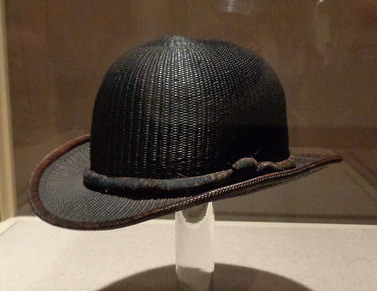Difference between revisions of "Hayakawa Shokosai I"
| Line 14: | Line 14: | ||
==References== | ==References== | ||
*Gallery labels, Metropolitan Museum.[https://www.flickr.com/photos/toranosuke/16398596081/in/dateposted-public/][https://www.flickr.com/photos/toranosuke/26098850928/sizes/l] | *Gallery labels, Metropolitan Museum.[https://www.flickr.com/photos/toranosuke/16398596081/in/dateposted-public/][https://www.flickr.com/photos/toranosuke/26098850928/sizes/l] | ||
| + | <references/> | ||
[[Category:Meiji Period]] | [[Category:Meiji Period]] | ||
[[Category:Artists and Artisans]] | [[Category:Artists and Artisans]] | ||
Latest revision as of 00:07, 5 August 2020
Hayakawa Shôkosai I is considered a pioneer of bamboo art, sometimes being described as "one of the founding fathers of modern bamboo art in Japan." Though trained and expert in the weaving of baskets, he applied these skills to the production of a number of other types of objects, paving the way for a shift of bamboo weaving from the field of craft, to that of "modern art."
Shôkosai was likely the first bamboo artist to sign his works. He rose to prominence producing tea implements; in 1877, one of his works, a lidded basket, was awarded the Phoenix Prize at the First Domestic Industrial Exposition in Tokyo and was then purchased and kept by the Empress.[1]
Two of his sons followed in his footsteps, producing bamboo works and taking on the names Hayakawa Shôkosai II and Hayakawa Shôkosai III, establishing and continuing a Hayakawa school of bamboo art.
References
- ↑ Nicole Coolidge Rousmaniere, Crafting Beauty in Modern Japan, University of Washington Press (2007), 15.
